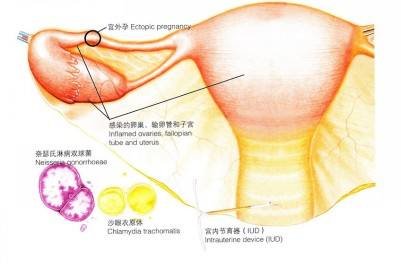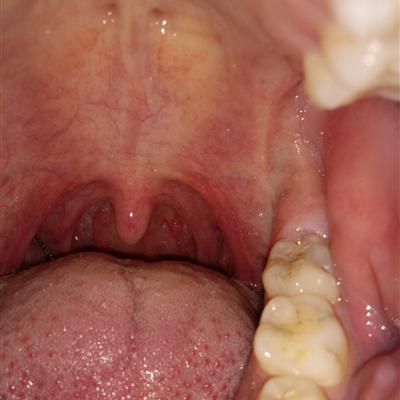What causes thalassemia?
summary
Thalassemia, also known as marine anemia, is a hereditary hemolytic anemia. The disease has a common feature, that is, the human globin gene defect makes the synthesis of globin peptide chain in the patient's hemoglobin decrease or cannot be synthesized, which leads to the disease. After the onset of the patient's hemoglobin composition will change, symptoms can be light or heavy, mostly for the performance of chronic hemolytic anemia. In some countries along the Mediterranean coast, the disease is more common.
What causes thalassemia?
Thalassemia is caused by heredity, so how is it inherited? Generally speaking, thalassemia is mainly caused by the deletion or mutation of globin gene. There are four kinds of globin peptide chains in human body, one of which can lead to thalassemia.

The deletion or mutation of globin gene can make the body of the patient unable to synthesize the peptide chain required by globin normally, which can change the hemoglobin composition of the patient. According to the specific location of the gene deletion, thalassemia can be divided into two groups α、β、δβ and δ There are four types.

Take it β Thalassemia, for example, is the result of a patient's genes β It is caused by the deletion or mutation of the site. When the gene is mutated or deleted, the patient's prognosis is poor β The gene will be completely inhibited. At this time, there is no way to normally synthesize the peptide chain required by globin, which leads to the failure of globin synthesis and disease.

matters needing attention
If it is severe thalassemia, the patient's four globin genes may be missing or defective, which is not common. If it occurs, it will lead to hypoxia in the body tissue, and the child will have systemic edema until death.















